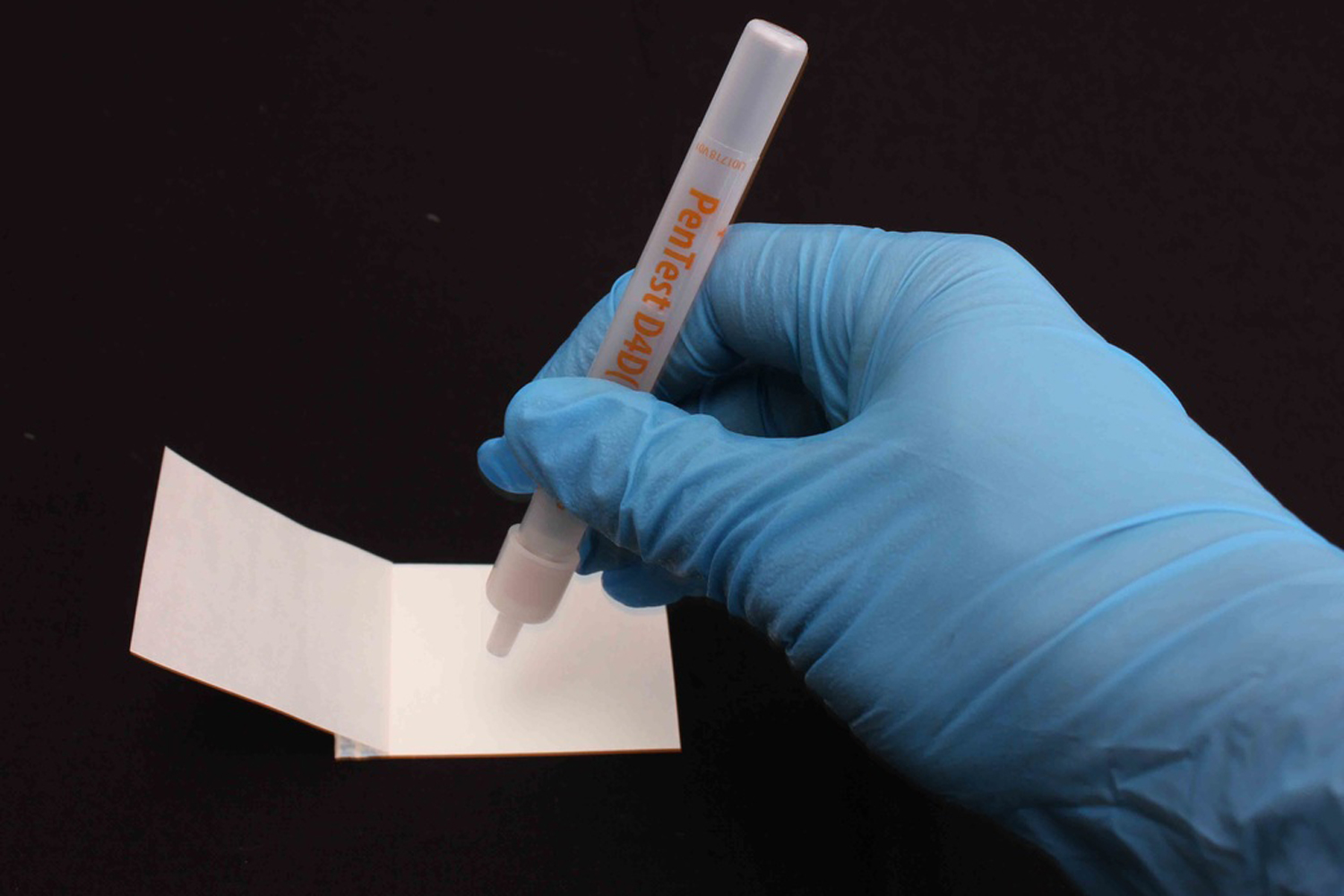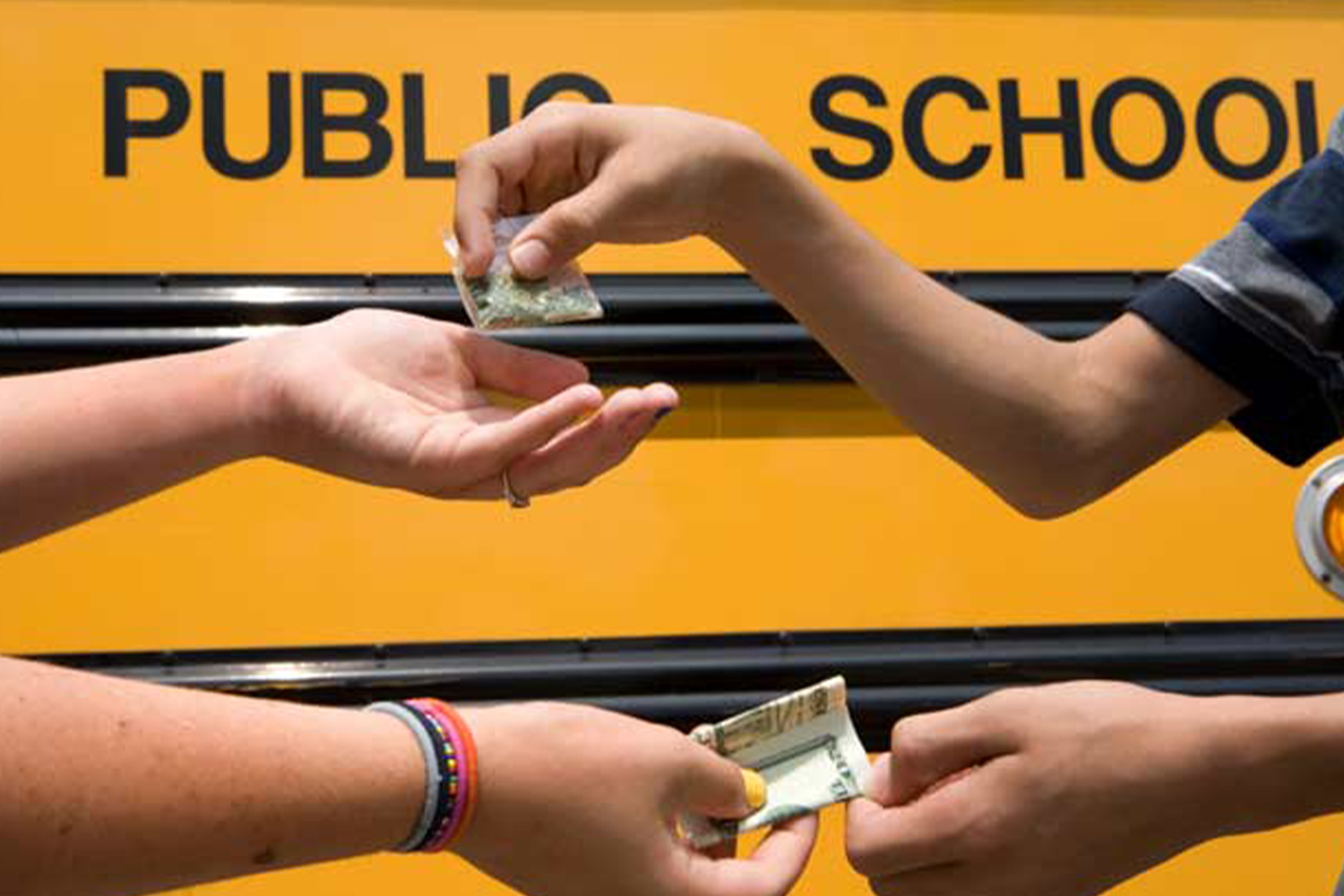7 August 2016 – Author: Martin La Touche – Source: Elite Property Manager
 METHAMPHETAMINE, ALSO KNOWN AS ICE, ‘P’, or crystal meth, has become a major issue for the housing industry in New Zealand and many states of the USA. It’s growing in use throughout Australia due to the ease with which it can be manufactured and the profits to be made from its sale. Martin La Touche of Narcotect describes how the increasing use of meth is affecting the housing rental and sales industry in Australia, and how you might be able to spot a drug lab.
METHAMPHETAMINE, ALSO KNOWN AS ICE, ‘P’, or crystal meth, has become a major issue for the housing industry in New Zealand and many states of the USA. It’s growing in use throughout Australia due to the ease with which it can be manufactured and the profits to be made from its sale. Martin La Touche of Narcotect describes how the increasing use of meth is affecting the housing rental and sales industry in Australia, and how you might be able to spot a drug lab.
Methamphetamine, also known as ice, ‘P’, or crystal meth, has become a major issue for the housing industry in New Zealand and many states of the USA. Its growing in use and popularity throughout Australia due to the ease with which it can be manufactured and the profits to be made from its sale.
Australia may not be fully gripped by the ‘meth epidemic’ yet, but it’s already happening in every suburb with the police busting labs every week. However, even the police admit that they realistically only discover one in ten labs which means that for the 750 labs closed down in 2015, 7,500 may have gone undiscovered. Were any of these operating at one of your clients property?
What is methamphetamine and why is it so dangerous?
Unlike most other illicit drugs, meth is 100% man-made and is created by using a number of highly toxic chemicals to alter the molecular structure of the base ingredient. This process, known as cooking, creates both solid, liquid and gaseous waste which goes on to contaminate any surface it comes in contact with.
For every kilo of finished product there is 10 kilos of waste which, due to the generally unscrupulous nature of the industry, most cooks will dispose of in less than ideal ways. Often down the nearest sink, toilet, or just tipped out in the back garden.
In addition to solid and liquid waste, it is the poisonous fumes produced by cooking or smoking meth that will go on to cause the most issues far into the future.
A common method used by smokers is for a group of them to cram into a small room so that they can share the fumes. Known as ‘hot-boxing’, this method ensures that this room will become highly contaminated.
And when this occupant leaves the house and a new family move in, who usually occupies the smallest rooms? Children and babies.
In addition to the contamination from fumes, there is also the danger to young children from chemicals that may have been spilt on carpets since they tend to spend more time at floor level playing. Basic cleaning will not remove these toxins.
What’s involved in cleaning a contaminated house, and how much does it cost?
Even after a clean, unless performed by trained professionals, there may still be dangerous levels of contamination present. These toxic chemicals can continue to leach out of surfaces for many years.
Remediation costs vary depending on the level of contamination.
For low-level contamination, pre-testing and clean up may end up cost costing $3,000 to $5,000 including a re-test on completion to ensure that the property has a clean bill of health.
For medium to high-level contamination, it may be necessary to remove and replace all floor coverings, wall and ceiling linings, appliances, and fittings such as toilets and sinks. Depending on the value of the property this could range from tens of thousands to hundreds of thousands of dollars.
In worst case scenarios, the entire building may have to be demolished and rebuilt.
Once you purchase a contaminated property, you then own the problem. If your tenants are cooking or using meth in your property, you own the problem.
What are the signs of meth use or contamination?
There are a number of signs that meth has been cooked in a house. These are the obvious indicators such as blacked out windows, chemical containers laying around, dodgy electrical work, or strong chemical smells.
However, more commonly, there will be no obvious signs at all.
Meth labs are relatively compact, simple to set-up and take down. It doesn’t require much effort for an occupant to assemble their lab in the kitchen, spare bedroom, or garage and cook up a batch over the weekend.
Then disassemble the equipment and pack it away. A quick wipe down and an unwary property manager or agent would be none the wiser.
There have been a number of cases where landlords, on discovering that their property been used as a meth house, have carried out a quick renovation and re-paint to cover any signs of contamination and put it on the market.
Paint and wallpaper will not stop the toxic chemicals leaching out over time. Unless the surfaces are cleaned fully, the toxins will continue to be a major health hazard of any occupants for many years to come.
How do I determine whether there is contamination present?
There are several ways a property can be tested for the presence of meth.
The most common way, until recently, was to have a professional testing company take various samples from areas most likely to be contaminated. These samples would be sent to a lab and analysed for the presence of drug residue and determine what level the contamination is.
Although highly accurate, this form of testing is expensive, time consuming as each sample is taken from a relatively small area, a 10×10 cm square. In addition, tests need to be carried out by a trained technician.
Newer test methods, using chemically treated swabs, are more cost-effective and can be used by an untrained person to produce a result from within a few seconds to several minutes, depending on the type.
Narcotect provides one of the most simple to use and cost-effective test products, providing a result in seconds and costing as little as $19 for a kit that will allow testing of up to four samples.
For an average sized three or four bedroom home, 3 to 4 kits would be sufficient to allow a fairly conclusive sample of most commonly contaminated areas to be tested.
How do I protect my properties and my clients?
The meth problem has reached epidemic proportions in New Zealand and is steadily growing in Australia.
In recent testing of houses in a New Zealand State House complex, a quarter were found to have evidence of meth contamination. Housing NZ is currently spending $12 to $13million a year on remediation.
Many landlords, including the New Zealand social housing agency, are now including clauses in their tenancy agreements stating that regular testing will be carried out.
The use of meth is not limited to any particular socio-economic group. Users are living in the poorest areas to the most expensive areas. This includes top-end rental properties as well.
Using the New Zealand situation as an example, testing rental properties for meth contamination will become normal practice for a property manager carrying out inspections, and property owners will request that this be done to protect their investment.
If the tenant knows that testing will be carried out, they are less likely to allow cooking or smoking meth inside the property.
They may choose to damage their own health but at least the property owner’s investment is protected.
What if a test indicates positive for contamination?
The first thing to consider is your own personal safety. Even small amounts of the chemicals can cause health issues, including headaches, nausea, and dizziness, after short term contact.
Use medical-grade rubber gloves when taking samples and ensure these, and any test products are safely disposed of.
If a test indicates a positive result, the immediate course of action is to leave the premises. If there are occupants of the house, they should also consider leaving, especially if there are small children or people with existing health issues.
From here on, the distinction between who should be notified and who has to be informed becomes a little blurry.
Firstly, and most importantly, a quick test kit should not be relied upon as a conclusive test for meth and other drug contamination. They are only a presumptive indicator. Therefore, further testing will be required.
If contamination is suspected, a specialist testing company should be engaged to carry out lab-quality testing to determine that the samples are actually meth and what levels are present. This will most likely be the responsibility of the property owner.
At this time, there is no legal obligation on the property owner to disclose whether a property has been contaminated whether they are selling or renting. However, they are obliged to ensure that the house is safe for occupancy, although, unless they have had a lab test carried out, there may be just an assumption, on the owners part, that the property is actually safe.
The disclosure requirements for an agent are, thankfully, a lot more defined. Full disclosure must be made to prospective tenants or purchasers if an agent is aware of the house’s history. An independent test company’s final sign-off would be helpful if the place has been cleaned.
Conclusion
Meth is a growing issue throughout Australia. It’s use is not restricted to any one socio-economic group or suburb. The chemicals used to manufacture it and produced when using it are highly dangerous to people and pets that come in contact with its residue. And once contamination has occurred, it is extremely costly to remedy the problem.
Anyone with an interest in ensuring that a property is and remains contamination-free including property mangers, agents, landlords, and future tenants, should make themselves aware of how to spot the tell-tale signs and what methods can be used to test a property before becoming yet another victim of this dangerous drug.



